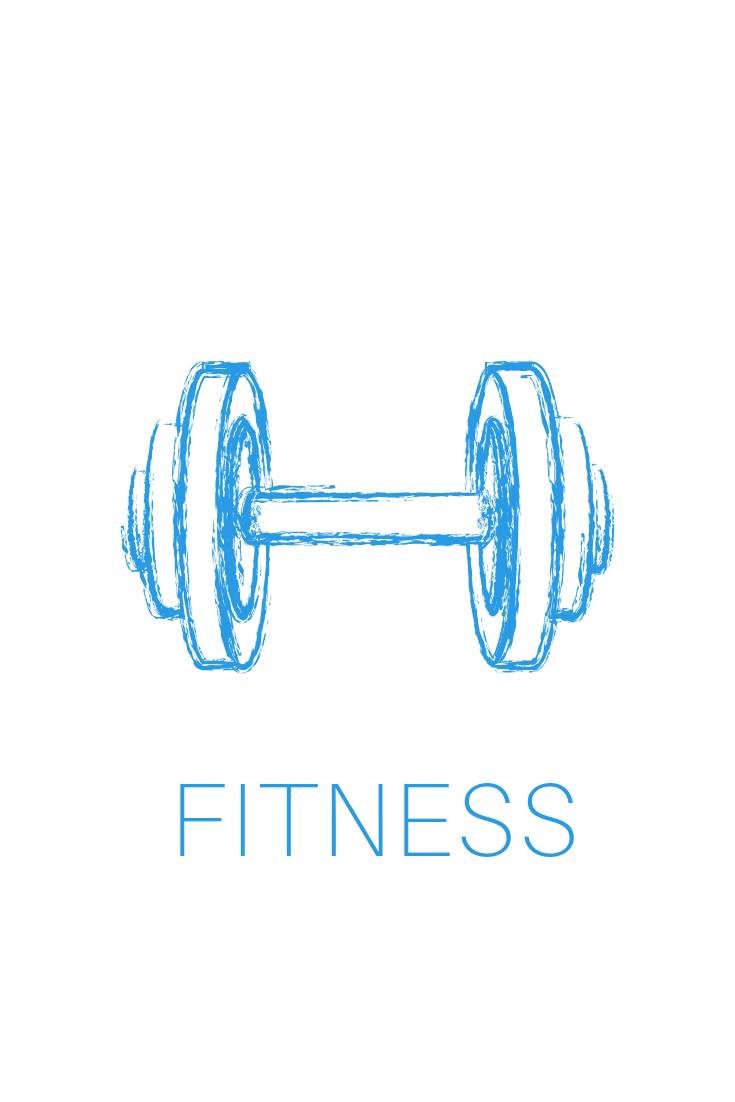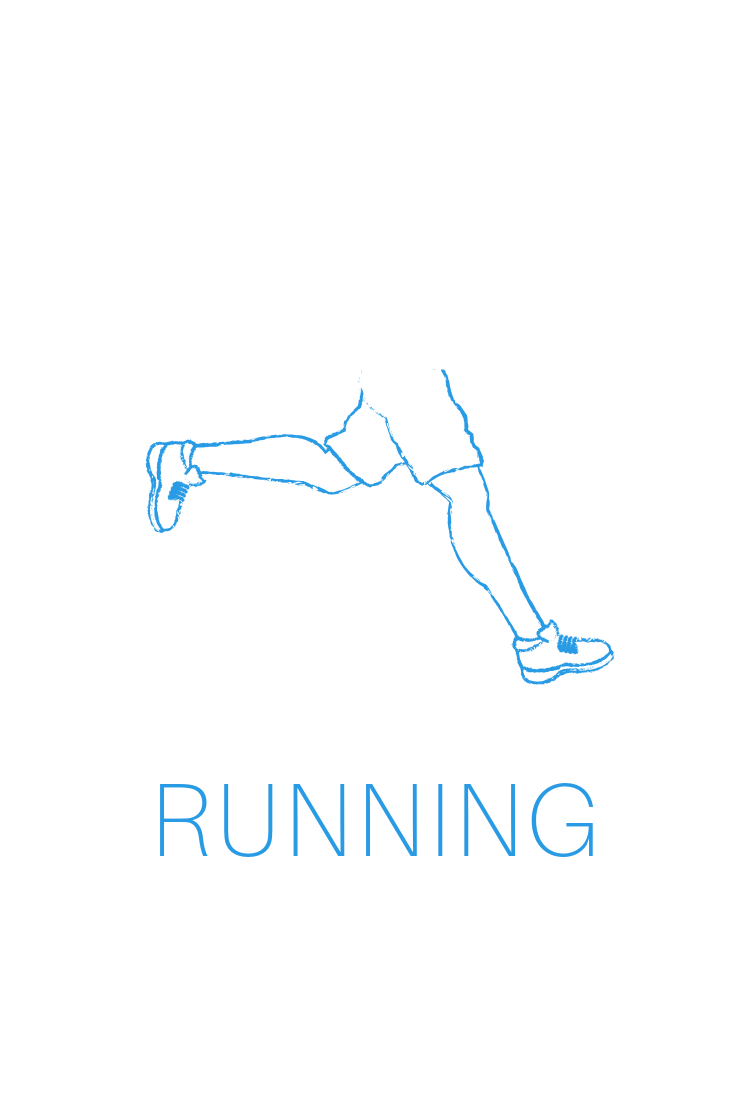Why Your Bottom Should Get More Attention
Our bottoms have a much more important role than helping us look good in jeans. They are the motor that powers us through each and every day.
I recently completed the UTA 50km trail event in the Blue Mountains. This is a course designed by some very mean people who spent far too much time trudging around the trails of the Blue Mountains finding the most challenging tracks leading up and down every incline and set of stairs they could find, only to finish with a 1km climb straight up the Furber Steps to the finish line.
It was tough, and really challenged my endurance. However, throughout this event I was very aware of my bottom and how strong I felt. As many of you know, I focus much of our training on strengthening the glutes, and boy did it pay off. I remember thinking as I powered up one particularly steep hill that my strong butt is my superpower ... unfortunately I was brought back to reality when the trail began to tip back down again and my fellow runners started to fly back past me - I have a long way to go on my downhill prowess!
What makes up a powerful bottom?
The gluteal muscles, commonly called glutes, are a group of three muscles which make up the buttocks: the gluteus maximus, gluteus medius and gluteus minimus. This group of muscles extends roughly from the ilium (pelvic bones) and inserts into the femur and iliotibial band (upper thigh).
Why are glutes so important?
The glutes are the largest muscle group in the body and play an important role in stabilising your frame, holding your body upright, and helping you move powerfully throughout the day. If your glutes are not working, the small muscles in the back and hips will take the load, which can often lead to injury in those areas.
Reasons glutes don’t work?
Unstable pelvis: One of the most common issues that contributes to weak glutes is a weak core and pelvic region. Your glutes are an incredibly powerful muscle, but if they don’t have a stable base from which to work, they are not going to be able to fire. In order to give your glutes that strong base, you need to work on stabilising the pelvis by strengthening the deep layer abdominal and pelvic muscles.
“You can’t fire a cannon off a canoe”
Sway posture or sitting for long periods of time: Standing with excess curve in the back or keeping the body in a seated position for extended periods of time is going to shut down the glutes and decrease their strength. Both these positions will also result in tightness in the hip flexors, which again place your pelvis in a position which does not allow the glutes to engage.
Weak upper back: Most solid structures are built with some form of cross support strut, which gives the structure strength. The latissimus dorsi muscles, known as the lats, are the large V-shaped muscles in your upper back that connect your arms to your vertebral column. The right lat and left glutes, combined with the left lat and right glutes, are the cross bar that supports your back. If your upper back is weak, your glutes are going to suffer as they do not have the structural support they need to be strong.
How to improve glute strength
Increase flexibility in the hips: Ensure that the muscles along the front of the hips are mobile and flexible in order for your glutes to be in a position where they can fire. Stretches and foam roll release of the hips and quads should be done regularly.
Improve core and pelvic strength: Ensure the deep abdominal and pelvic floor muscles are strong in order to provide a solid base from which the glutes can fire. Pilates is a great way to keep this area strong and stable.
Strengthen the lats (upper back): Focus on exercises that work the muscles around the back and under the arms, such as bent over rows, dumbbell rows, chin-ups, and Pilates swimming.
Glute activation drills: Now you have your base, you can start to work on activating and strengthening the glutes. Squats, deadlifts, glute bridge, clams, kickbacks, fire hydrant, are examples of exercises that work the gluteal muscles.
Spend a couple of minutes each day giving your bottom a little more attention. You might be surprised what a difference it makes.
By Angie Black
ANGIE BLACK
BLOG CATERGORIES:








